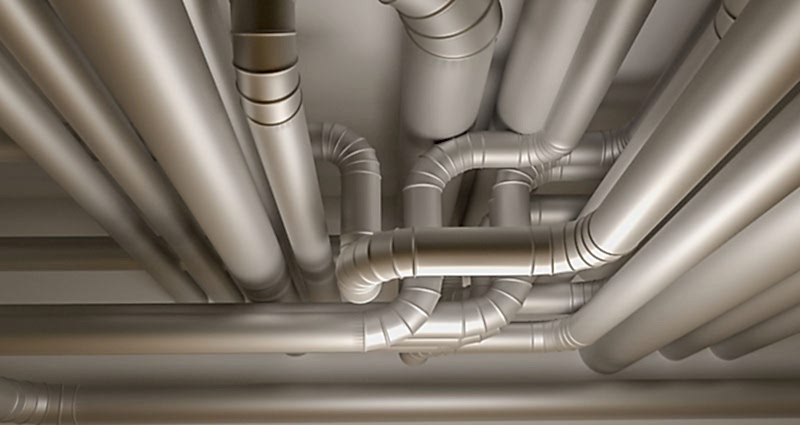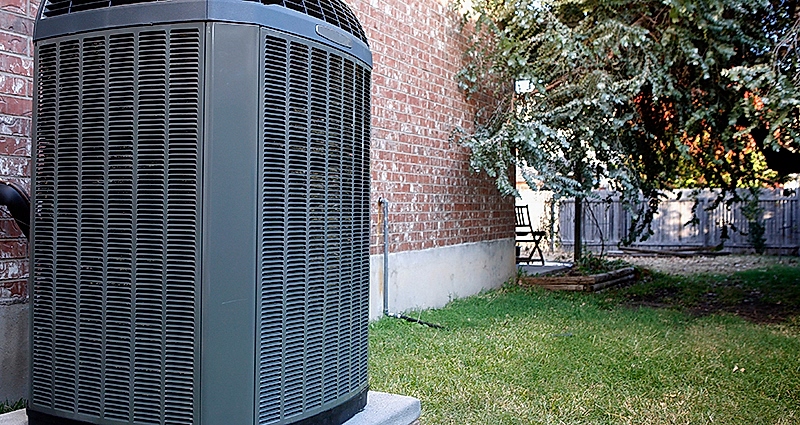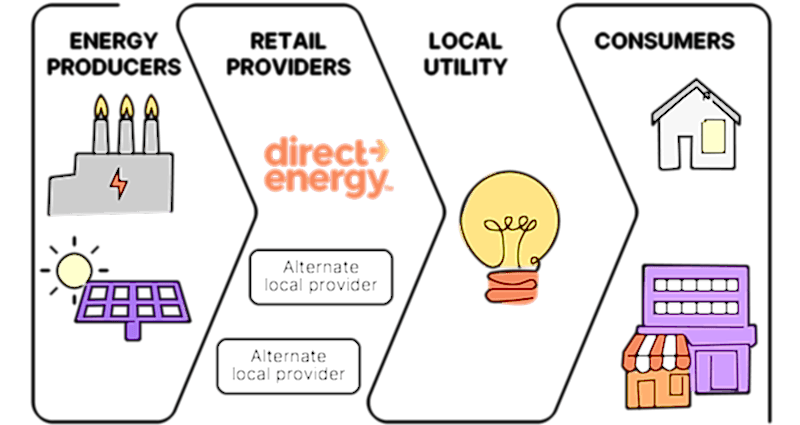How many watts does an electric stove use?
Let's end the suspense with some basic cost estimates. Most electric ovens draw between 2,000 and 5,000 watts, with the average electric stove wattage using between 1,000 and 3,000 watts. So how much energy does an electric stove use per hour? Assuming you’re priced at an electricity rate of 12¢ per kilowatt-hour (kWh), a 3000-watt oven will cost you about 36¢ per hour at high heat.
As for the burners on the electric stove top, bigger burners draw more electricity. Many cooktops range from about 1,200 watts for the smallest burners to 3,000 watts for the largest, costing you roughly 14¢ and 36¢ per hour, respectively.
But even if you know the exact wattage of your oven and each of your burners, this breakdown is a simplification. That's because the actual wattages you're drawing depend on the amount of heat you're generating. There's a big difference in energy consumption between making beef jerky at 170°F and self-cleaning your oven at 800°F .
And think about how you use your burners: you quickly turn the dial to low, medium or high heat, but the exact place where the dial stops changes slightly every time. This makes it very difficult to track a kitchen range's energy consumption accurately.
Fortunately, given the rough cost estimates above, these differences won't amount to more than a couple of dollars per month for the average home cook. So, unless you keep your range running all day, every day, it's not going to break the bank.
Shopping for an energy-efficient electric oven and range
The task of estimating an electric range's energy consumption doesn't get much easier when you're shopping for a new model. The federal ENERGY STAR program, which helps consumers identify energy-efficient models when shopping for many appliances, doesn't evaluate ovens and ranges.
In addition, the yellow and black EnergyGuide labels that feature cost estimates for the use of appliances like refrigerators and dishwashers are also not available for ovens and ranges. However, there are some general guidelines for choosing a range that will use less energy:
- Check the wattage of the oven and each individual burner - Lower wattages mean lower energy use, but this is a tradeoff: it also means less heating power.
- Choose a convection oven - This feature might cost more upfront, but a convection oven can cook dishes faster and at lower temperatures.
- Choose an induction cooktop -This adds even more to the purchase price of a range, but an induction cooktop saves energy by using electromagnetic energy to generate heat. Plus, it's a safer option because the cooktop always stays cool to the touch.
- Choose a self-cleaning oven - These ovens require extra insulation due to the high heat of the self-cleaning cycle, making them more efficient overall.
- Switch to gas - If you're shopping for an electric range, that's probably because you don't have gas hookups in your kitchen. But if natural gas is available in your area and installing gas connections isn't prohibitively expensive, switching to a gas range will give you an automatic energy efficiency boost.
Save energy while you cook
Unless you're already in the market for 1, getting a whole new range probably isn't the best way to save energy in the kitchen. If you're looking for opportunities to cut back, just try these smart energy practices:
- Cook more food less often - It's more energy-efficient to cook multiple dishes at once, so plan your cooking accordingly and make it a marathon. Use your microwave to heat up the leftovers at a fraction of the cost of using your oven or stovetop.
- Keep the oven door closed - You lose heat energy every time you open it, so use the oven light and look through the window instead.
- Clean your oven and range regularly - Baked-on gunk acts like insulation on top of your heating elements, robbing you of cooking efficiency.
- Use glass and ceramic bakeware instead of metal pans -They transfer heat more effectively and evenly.
- Get a head start on self-cleaning - Start the cleaning cycle right after using the oven to cook, and you'll shave several minutes off the cycle length.






































